The Thomas Simpson who owned this pouch was probably from Rockingham County North Carolina, from what I can find on local records
I do not know if he is related to the gunmaking Simpson family of the Mansker rifle fame. There was a Thomas Simpson who ended up in Bardstown, Kentucky who had a son that was a famous early clock and survey instrument maker who is buried in Madison, Indiana. That has led some to suspect a relationship to the Simpson gunmaking family. The pouch came out of Madison Indiana so who knows?
I do not know if he is related to the gunmaking Simpson family of the Mansker rifle fame. There was a Thomas Simpson who ended up in Bardstown, Kentucky who had a son that was a famous early clock and survey instrument maker who is buried in Madison, Indiana. That has led some to suspect a relationship to the Simpson gunmaking family. The pouch came out of Madison Indiana so who knows?
The horn, being plain, is hard to tell on age but shows a lot of good wear. The reinforcing band on the tip is iron. The domed plug originally had a single turned or scribed ring, that has been worn off on the front and back.
Gary Birch looked at the bag when I first got it and felt it looked right for the 1800-1810 period in terms of construction, stitching, materials and form. But if it really is from that period it is now a 200 year old bag and very rare.
The flap and front of the pouch oak tanned calfskin, according to Gary, originally had the hair left on.
One feature that I like on it is that it has an inner divider that is cut lower on one side of the bag than the other - sort of sloped down from left to right if you are facing the front of the bag - a nice arrangement for keeping things separated but easy to find.
The strap has been replaced at some point but has been on there a long, long time.
The Twelve Mile Purchase was concluded by Harrison at the Treaty of Fort Wayne and was one of the first purchases of Indian lands west of the Greenville Treaty Line. The Shawnees were left out of the negotiations and the purchase made Tecumseh furious. It was one of the major causes for the war on the Indiana frontier leading into the War of 1812.
Copy by Guy Montfort. Photos by Guy Montford and Jan Riser.

















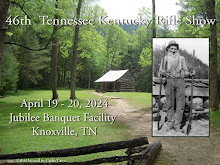

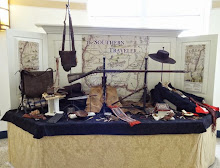





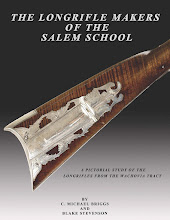

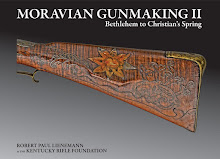


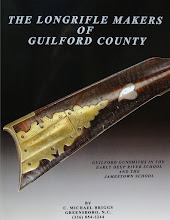

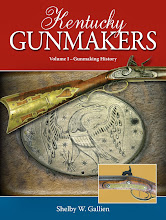









Thomas Simpson was my great x4 father. my grandfather recently passed and I have came accross two other antique powder horns.
ReplyDelete